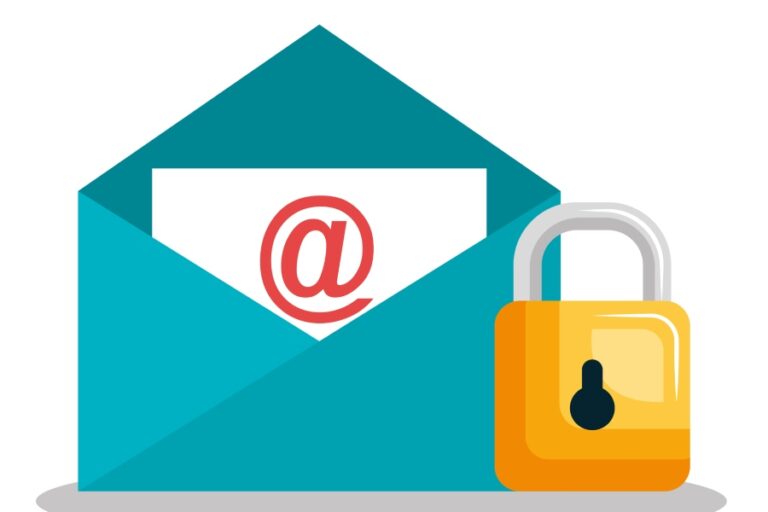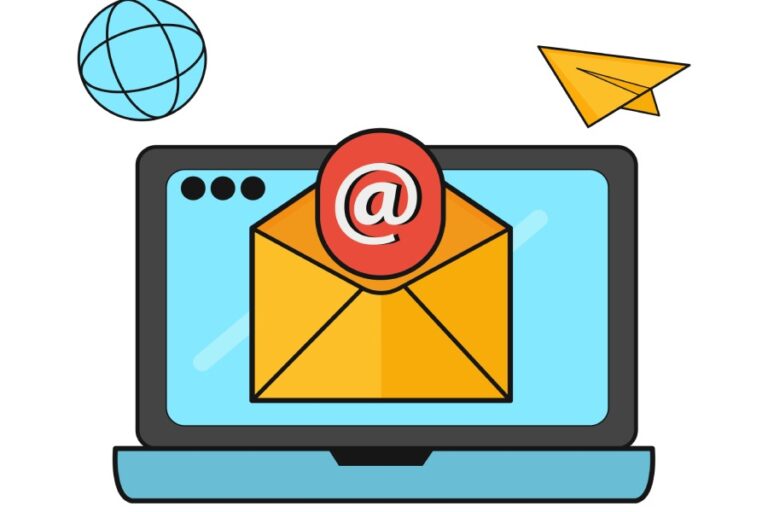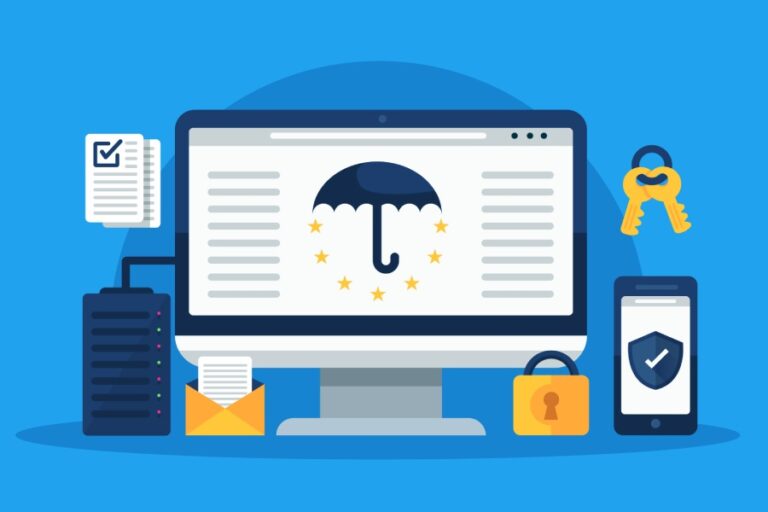
How To Add Your Domain To HostGator: A Step-by-Step Guide
Adding a domain to HostGator can feel like a daunting task, especially if you’re new to web hosting. But don’t worry! This guide will break it down into simple steps that you can follow easily. Many users get stuck on the initial setup, but with a little patience and some guidance, you’ll have your domain…

No DMARC Record Found? Here’s How to Fix Your Domain’s Email Security
In today’s digital landscape, securing your email is more important than ever. If you’ve recently encountered the message “no DMARC record found,” it can feel like a daunting hurdle. But don’t worry—this common issue simply means your domain isn’t protected by DMARC, a key player in email security. Without it, your emails are at risk…

Learning to find the source owner using the ‘envelope_to’ domain
An ‘envelope_to’ domain is the domain in the recipient’s email address. This address can be used to understand how some of the legitimate emails are failing DMARC checks. If you are unsure about the troubleshooting methods, using the ‘envelope_to’ domain to find the source owner is a wise choice. Using this technique, you get to…

What problems trigger an SPF record to break and how do you fix them?
A broken SPF record doesn’t act as a defense mechanism against phishing and spoofing attacks. In fact, a broken SPF record itself acts as a security vulnerability that a threat actor can exploit at any time. The main reasons why an SPF record breaks are misconfigurations, incomplete listings of mail servers, or failure to stay…

Setting Apple Business Mail using Apple Business Connect
With so many emails hitting the inboxes of your targeted audience, it’s a challenge to grab their attention and have them open your emails. That’s why if you affix a brand identity, like a logo, there are more chances that they will engage with your email. BIMI helps a business show its brand logo and…

Steps to add SPF, DKIM, and DMARC records to AWS DNS-Route 53
Before proceeding with these steps, ensure your domain’s DNS already includes SPF, DKIM, and DMARC records. Duplicate entries can invalidate all your records, undermining the role of these email authentication mechanisms. To verify this, you can use online tools specifically designed for SPF, DKIM, and DMARC record lookups. Simply enter your domain name and specify…
